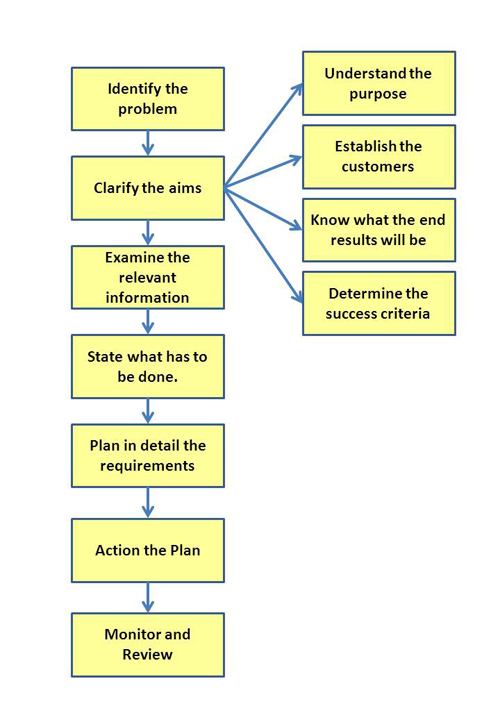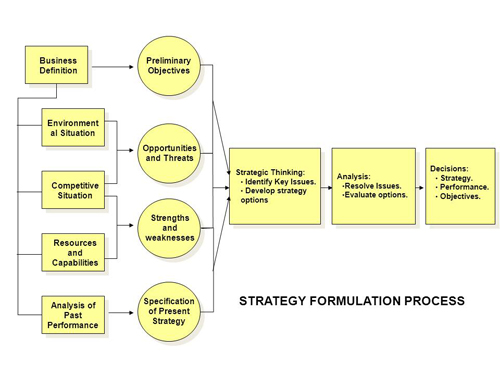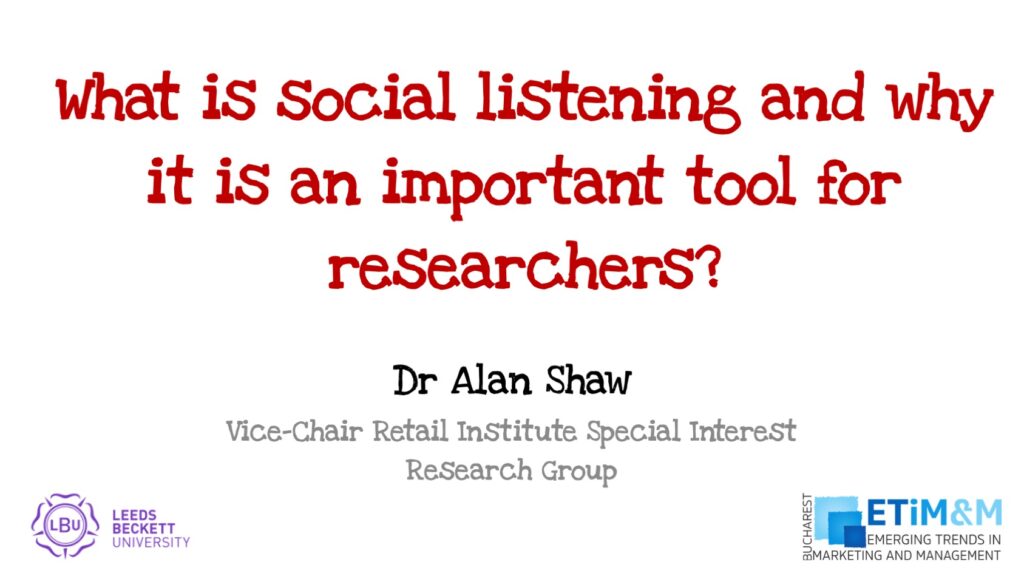Introduction.
Before a strategy can be developed some form of strategic direction or vision is required. This sets the scene and is the basis of all future decisions. Such a direction or vision is hierarchical. It requires commitment from the top and ultimately drives the detail tasks. The following quotes will help place strategic planning in context:
Strategic planning is the process of formulating long-term objectives and strategies for the entire business or business unit by matching its resources with its opportunities. Its purpose is to help a business to set and reach realistic objectives and achieve a desired competitive position within a defined time. It aims to reduce the risk of errors and place the business in a situation, which it can anticipate, respond to and even create or change to its advantage.
Brown and McDonald (1994)
Having identified the vision or direction it is imperative to adopt a systematic approach in developing a future strategy. This will ensure that tasks are completed in a logical, purposeful and efficient manner. This study will adapt and recommend two approaches. The first from Coverdale (The Coverdale Organisation, 1997) and the second from Day and Aaker (Brown and McDonald, 1994).
Coverdale Process.
Figure 1 illustrates the process. The first step is to understand the task that has been set. The next stage is to clarify the aims of the task. This is done by describing the future that needs to be created. There are four key factors that need considering.
• The Customers: whom the process affects.
• The Purpose: What is the task for?
• End result: What will it look like on completion?
• Success Criteria: How can the final solution be assessed as being successful?
Some may argue that “examining the relevant information” should be the first task. There should be an element of flexibility in any management process and if the business feels that it should be done first than so be it. The key thing is to look at the Macro (PESTLE) and Micro environments, which includes internal business information.
The next stage is the development and implementation of the plan. To do this information is required and it is assembled by:
• Brainstorming to gain ideas.
• Assembling the facts about the process.
• Focusing on peoples experience and skills.
• Identifying the constraints and limitations.
When this detail has been gathered, the process of interpreting the data can then take place. This will indicate what needs to be done and can be drilled down into a detail plan of action. Finally a review process is required to:
• Ensure the original aims are met.
• Determine if more needs to be done.
• Analyse successes and difficulties so as to plan for improvements.
Day and Aaker Process.
The methodology used for formulating strategy, based on the analyses by Day and Aaker as highlighted in Brown and McDonald (1994), is illustrated in Figure 2.
The Business definition is designed to allow organisations to establish how they are currently performing. In effect it is a bench marking activity. It challenges a company to look at four key areas:
• The environmental situation looks at current projects and initiatives planned or in place. It also includes understanding requirements and limitations of the supply/customer base.
• The competitive situation attempts to establish what they are doing and how they are performing.
• The resources and capabilities focus on the current skills, capital and capacity.
• Past performances review the key performance indicators previously achieved.
As with the Coverdale process a vision is required: Day and Aaker have called this the Preliminary Objectives. They then use the SWOT technique (strength, weaknesses, opportunities and threats) to develop future strategic options whilst considering what is currently happening.
Having completed the above, the analysis and evaluation of the options can take place allowing for a final decision to be determined along with the required performance indicators.
Click here to download a copy of the Strategic Planning Checklist
Alan Shaw
Latest posts by Alan Shaw (see all)
- What is social listening and why it is an important tool for researchers? - July 31, 2021
- COVID-19 and Remote Learning: Experiences of parents supporting children with SEND during the pandemic. - June 30, 2021
- Using Netnography To Evaluate The Launch And Collapse Of The European Super League - April 21, 2021
- Developing Semi-Structured Interview Questions: An Inductive Approach. - April 9, 2020
- Developing Semi-Structured Interview Questions: A Deductive Approach - April 9, 2020

















